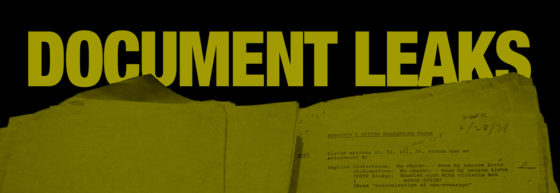Wendell Berry pointed out a crucial practical reason why the basic structure of modern industrial agriculture (arable land monocultures and factory farming of animals) is such a universal disaster — “once plants and animals were raised together on the same farm — which therefore neither produced unmanageable surpluses of manure, to be wasted and to pollute the water supply, nor depended on such quantities of commercial fertilizer.” As Berry put it, “The genius of America farm experts is very well demonstrated here: they can take a solution and divide it neatly into two problems*.”
An antidote to this misguided genius is the elegant and important paper by Billen et al. (2011) Localising the Nitrogen Imprint of the Paris Food Supply: the Potential of Organic Farming and Changes in Human Diet. Using the region that traditionally supplied Paris with food as a test case, Billen et al. examine the effects of reuniting animal and arable farming in the Seine watershed. The effects that decreased local meat consumption would have in such a system were also examined. Their demonstration that the Seine watershed could feed modern day Paris and itself on a local organic diet, while improving water quality and continuing to export grain, provides a robust challenge to those who insist that globalized industrial agriculture, and thus its many negative health and environmental consequences, are necessary in order to “feed the world.”
* The Unsettling of America : Culture & Agriculture (1996) p. 62 by Wendell Berry. Note: The Unsettling of America is reviewed on Independent Science News and is highly recommended by The Bioscience Resource Project.
Update November 2013: Billen et al. have now widened their analysis to show that local organic agriculture can feed populations a healthy diet on a global scale with attendant environmental benefits:
